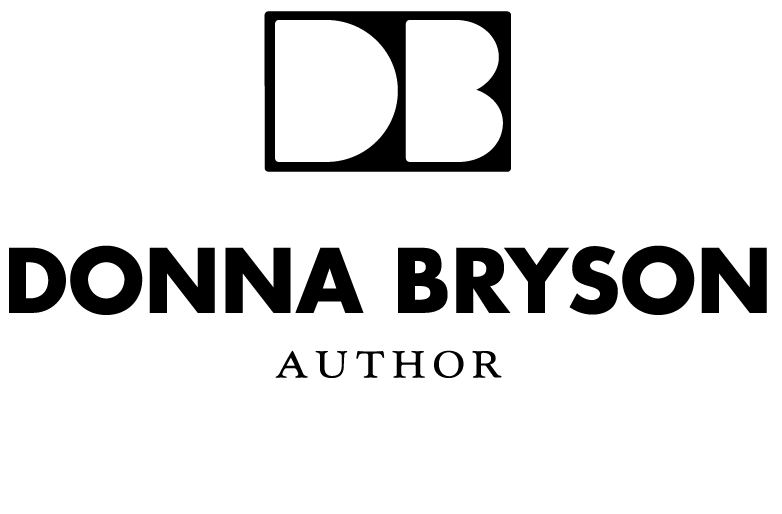It’s as if the librettist had been eavesdropping on my family stories.
The character that actor Tara Hugo plays in a gemlike musical theatre piece I saw earlier this year reminisces ruefully at one point about teaching her child Sweeney Todd lyrics long before trying to explain their meaning.
My own child found cartoons unsettling as a toddler. Instead of “Blues Clues” or “Peppa Pig,” we gathered as a family to watch classic Hollywood musicals – as full of color, fantasy, dance and bright sound as any animated feature, but with real people, which our kid preferred to moving drawings. “Chitty Chitty Bang Bang,” “Kiss Me Kate,” “Singin’ in the Rain,” “Brigadoon,” “The Music Man.” My husband and I didn’t think of explaining the sometimes complex and adult themes, even as we moved on to “West Side Story” and “The Sound of Music.” By elementary school we were watching Sondheim, a special favorite of my husband, including the tale of the demon barber of Fleet Street.
The show that included the Sweeney reference starring Tara, who happens to be my husband’s cousin, was at New York’s La MaMa theater. It was set to music by the composer Philip Glass, with whom Tara frequently collaborates. Filmmaker Arturo Bejar wrote lyrics and bridging monologues that Tara delivered commandingly, yet with vulnerability, alongside musicians and under a screen on which home movies were projected. The title, “Infinity,” refers to a joke about math that Bejar shared with his mother.
We flew from our home in Denver to New York for the show. A friend who lives in New York met us at La Mama. She said the evening made her think back to playing on the beach with her late father, a Venezuelan immigrant of Austrian Jewish heritage to whom she was very close. He also was a math genius. His daughter says the running joke of the play – a child’s incessant question of whether infinity is odd or even – would not have gotten far with him. Infinity is neither, he would have said, ending the discussion.
I’m sure everyone fortunate enough to have seen “Infinity” found a unique connection to the art on stage.
And the toddler who feared cartoons? All grown up and teaching at an outdoor education camp in Texas, so unable to make it to New York for “Infinity.”
By the end of elementary school, our child had grown sheepish about trick-or-treating, despite enjoying the theater of dressing up perhaps as much as collecting candy. Coming back from what would be a last Halloween of ringing doorbells, we learned that one of our neighbors had said reassuringly that if you wanted to trick or treat, you weren’t too old. Then the neighbor regarded our child’s costume of a white smock and pale makeup, completed by one prop, a fake blade smeared with fake blood.
“Who are you supposed to be?”
“Sweeney Todd.”
“Maybe you are too old,” the neighbor couldn’t help but blurt out.
When I related the Sweeney passages from “Infinity,” our child texted from Texas: “I may have taught myself the lyrics similarly without full comprehension.”
While we’re raising our kids, they’re developing us as parents.
I would set colored pencils and paper on the floors of museum galleries and encourage our then toddler to pick something from the walls to copy. I thought I was keeping my child occupied long enough for me to immerse myself in the art. Soon, though, I found I was the first to be impatient to move on. I learned to look longer.
My now 20-something’s text on Sweeney Todd was followed up with an email headed: “this, but it’s sweeney todd.” It was an image of a Lynda Barry cartoon. In the first panel, a mother and tiny child stand before a painting. The mother says, “I’m not sure how to look at art.”
“What’s sposta happen?” the child asks.
“Something big. A revelation. Suddenly you just understand,” the mother responds. “Not sure how to make it happen.”
“How bout lift me up so I can see better?” the child says.
In the last panel, child and mother silently regard a painting of a mother and child.
Our child understood “Infinity” without even seeing it.
We lift our kids up as best we can, empowering them to do the rest.
